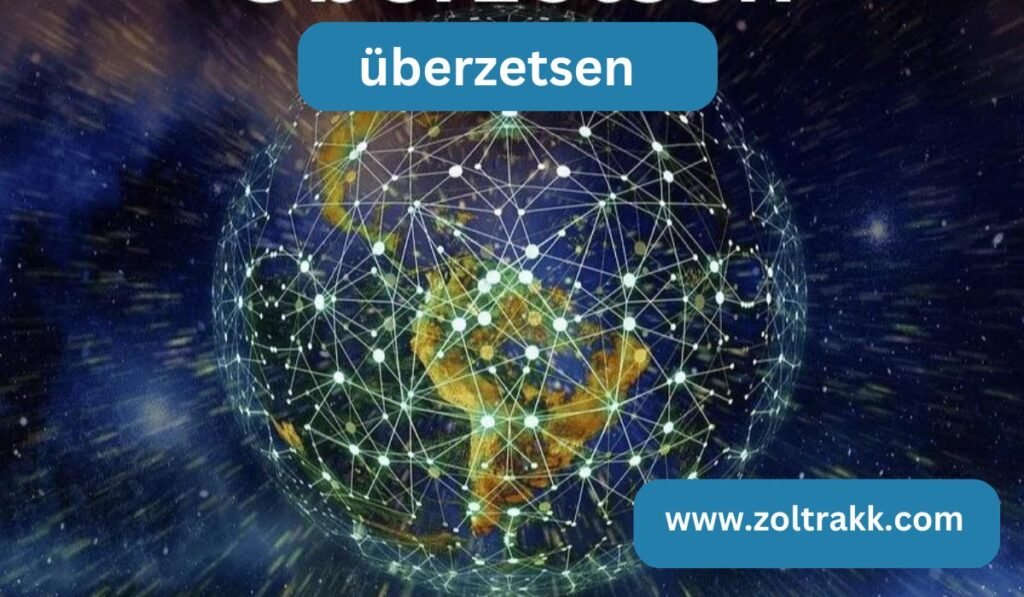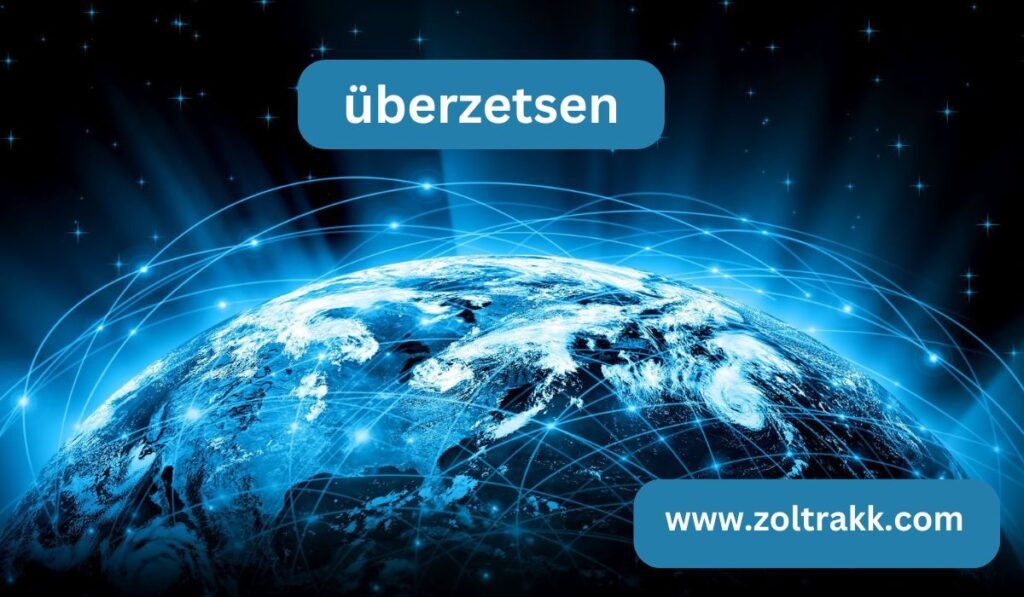Translation plays an indispensable role in facilitating cross-cultural and cross-linguistic communication in today’s globalized society. Überzetsen is a term primarily use with reference to translation and implies that entity which instills understanding and bridges gaps. To this end, the present essay attempts an in-depth analysis of überzetsen by considering the definition of this concept, its challenges, and the resultant impact on cross-border communication.
Definition of Überzetsen:
An Interwoven Concept
The word “überzetsen” is derive from the German term “übersetzen,” meaning to translate speech or writing from one language to another. But its scope encompasses much more than a simple translation of words; it embodies context, intent, and subtle cultural differences. In order to correctly present the words in the target language, it must also encapsulate the spirit and the meaning of the source material.

Überzetsen’s Significance in an International Society
In such a globalizing world, intercultural dialogue and überzetsen are important. It offers the possibility of mutual understanding and cooperation by facilitating people, organizations, or government entities to communicate among themselves and work together despite the existence of linguistic barriers. On the other hand, communication and, subsequently, the building of relations and the realization of common goals through effective in areas such as academics, business, and diplomacy for instance require it.
Challenges of Overzetsen:
Dealing with Linguistic and Cultural Complexities
Despite its importance, überzetsen is ridden with difficulties ensuing from linguistic variances, cultural quirks, and contextual nuances. The translator must negotiate all these issues with sensitivity while endeavoring for accurate and efficient communication. Sometimes, especially with idioms, metaphors, and cultural allusions, translation may prove a little difficult. Therefore, a translator should be creative and culturally aware in his approach.
The Potential and Constraints of Technology’s Role
These developments in technology have brought a revolution that has created the translation platforms and tools. Basic translation requirements can easily and quickly be meet by any machine translation algorithms such as those found in Google Translate, for instance. Relying on technology alone results in errors and misrepresentations wherever there is a requirement of context and subtlety.
The Human Touch:
Taking Translation as a Pleasure.
People are still indispensable therein. It is the professional translators who bring the expertise, cultural awareness, and linguistic dexterity to guarantee accurate translations that preserve all the subtleties of the source material. Only humans can pick up on the nuance of meanings, adjust to the variety of situations, and succeed in bringing home what was intend to communicate.
Übersetzen in Practice:
Practical Uses and Effects
The other areas of application of Überzetsen include commerce, law, medicine, and literature. The literary translators play a very significant role in the spreading of fiction and other non-fictions since they transmit to the world the voice and the style of the original author, hence people all over the world can access the work. Accurate is necessary for contracts, negotiations, and agreements pertaining to international trade in both corporate and legal situations.

Cultural Competence in Translation:
A Stepping Stone to Success
Überzetsen views cultural competency as of paramount importance to a translator, in that it is the ability to understand the nuances of a culture both at the source and at the target end. It means being fully aware of the social standards, cultural norms, and values that allow one to maintain a vantage position when relating to audiences. Sensitivity, empathy, and respect are three qualities that create cultural competence in translation.
Future of Überzetsen:
Embracing Innovations and Teamwork
The future is full of both possibilities and challenges as the global communication becomes more integrated with technological advancement. Probably, results from collaborative techniques that merge technical innovations with human skills are going to be the best. In order to meet the changing needs of the twenty-first century, it will be very important to open up to innovation, cultural diversity, and interdisciplinary collaboration.
Conclusion
In other words, the role of überzetsen in international communication is to bridge linguistic and cultural gaps. In spite of its pitfalls, translation continues to be an important competence for bridging understanding and cooperation between individuals living in globalized society. If it is to meet the changing needs of the twenty-first century, it will be incumbent upon this discipline to remain open to innovation and cooperation as technological advancement and cultural diversity continue to grow.


